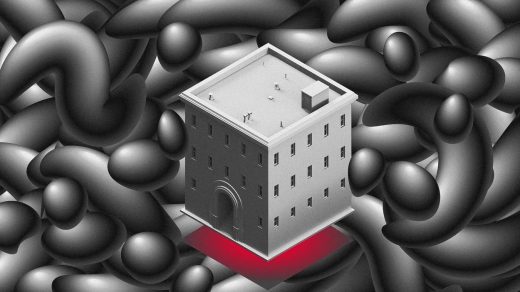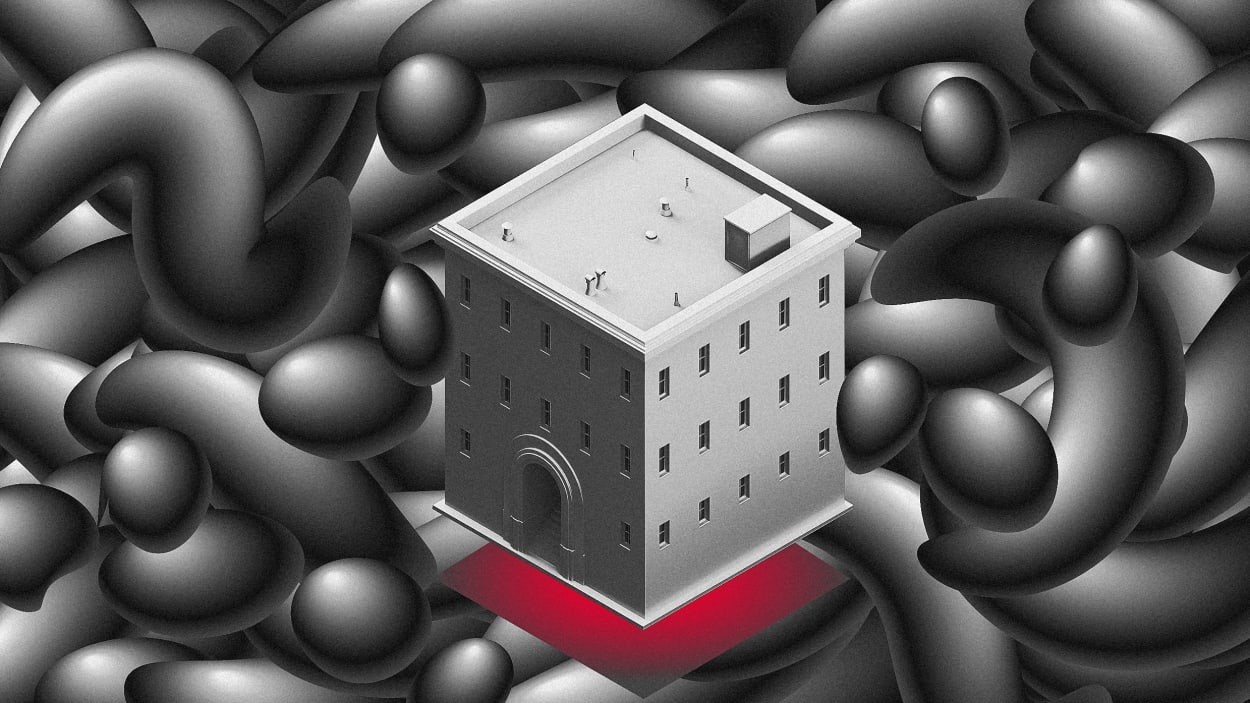Every building has a carbon footprint. These new tools can tell you how big it is
The good news: Most new buildings are pretty energy efficient. The bad news: most buildings are not new. This is a huge problem in the face of climate change, but there’s a growing movement to better measure just how bad these older buildings are in terms of their carbon footprint. Gauging the emissions of a building will become increasingly common, if not required, in the coming years, from the state of California to the city of Denver to the town of Edina, Minnesota. So now is a good time to start asking: how big is my building’s carbon footprint?
A variety of companies are now trying to help building owners answer that question through diagnostics, retrofits, and new technologies.
Generally speaking, the carbon footprint of the built environment is notoriously high, with the International Energy Agency estimating that buildings produce 26% of global energy-related emissions through their operation and the generation of the energy they require. Much of these emissions are embodied in the materials, methods, and practices of the construction industry, with things like concrete production and the transportation of steel to building sites adding up to about 11% of global carbon emissions. After a building opens—and throughout a lifespan that often stretches more than 50 years—the emissions from heating, cooling, and running will only continue to climb.
“Most of the bigger, older buildings use carbon fuel for heating and cooling, and that’s kind of the biggest issue,” says Marshall Cox, CEO of Kelvin, which retrofits large legacy buildings’ cooling and heating systems. Whether it’s an apartment building in Brooklyn or a single family home in the suburbs of Chicago, a gas-burning boiler or furnace inside means the building has a big carbon footprint.
The bulk of a building’s carbon footprint comes from how it’s heated or cooled, which is why companies like Kelvin have been formed. Reducing the energy required to heat and cool a building is the low hanging fruit for reducing its environmental impact.
But those aren’t the only factors. Another company focused on the carbon emissions of real estate is nZero, which recently launched a program to help buildings easily identify their carbon emissions and ways to cut back on those emissions. Aside from conditioning the air in a building, all the other electricity that’s used by individuals in their daily lives account for a sizeable amount of a building’s carbon footprint. Starting in New York, the company is using the data collected by buildings’ utility companies to provide residents with a clear breakdown of how they’re using energy and how they could use it more efficiently.
The carbon checkup program was created for buildings in New York City, where buildings larger than 25,000 square feet will soon be required to keep their carbon emissions below certain thresholds. This new regulation, Local Law 97, is one of several being implemented across the U.S., and nZero’s free emissions checkup program is an attempt to give building owners a more detailed look at their emissions and the steps they’d need to take to address them. “We really are trying to kickstart the idea of understanding the health of your building,” says nZero president and CEO Adam Kramer.
Kelvin is focused on making even the near-term costs of electrification more manageable. Its main product is the Cozy, an internet-connected insulated radiator cover for the old-fashioned radiators that still provide heating for many of the apartment buildings in cities across the country. The covers increase the efficiency of these radiators, saving between 25% and 40% in heating costs and lowering their emissions, according to Cox. The devices are made available at no upfront costs on a subscription basis that Cox says is almost always offset by the energy cost savings they create. “We call it resource efficient decarbonization,” he says.
The company is also working on a more involved project that could reduce the carbon footprint of buildings by up to 80%. Through a pilot program that will replace the conventional air conditioners in New York City buildings with more energy efficient heat pump systems, Kelvin expects to be able to slash energy use for heating and cooling without the high upfront costs of reworking the large heating and cooling systems that run big buildings. And because the existing systems will still be in place, they can be activated during extreme weather conditions. Cox says the total cost will be about 5% of what it would cost to fully upgrade a building to a state-of-the-art efficient HVAC system. “All the technologies were bringing together are commercial scale,” he says. “We’re not doing anything new, we’re just integrating it into a novel system.”
Integrating these devices and programs is the start of a bigger transformation underway in buildings across the country. As more cities and states impose limits on the carbon emissions of the built environment, understanding and targeting the major sources of building emissions will become part of the way buildings are designed, built, and operated.
(33)



